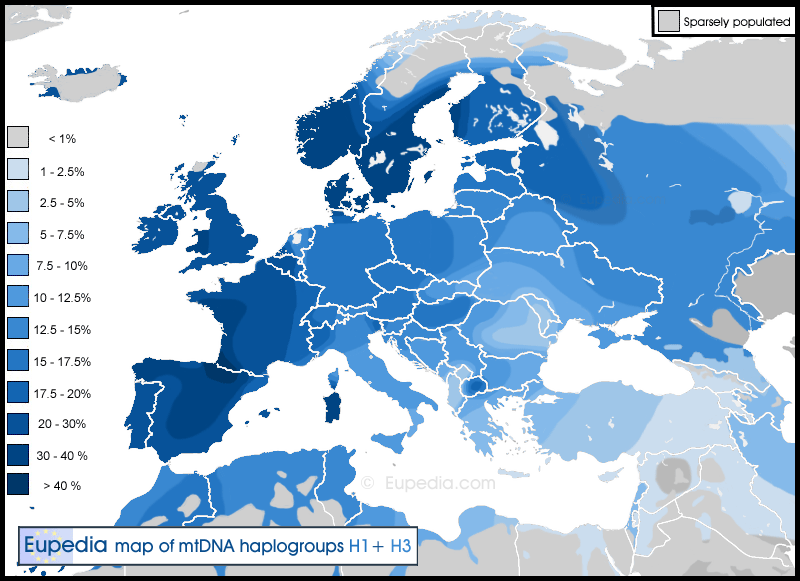Dienekes had a link to a study which suggested that even in the middle of LBK area hunter-gatherers persisted [1]. That reminds me of a PDF I read that tried to assess the first contact between farmers and hunter-gatherers. It tried to make some estimates about the importance of Loess grounds for mesolithic hunter-gatherers. With no mesolithic camp site ever found on Loess grounds the paper tries to make a distinction between flint tools by hunter-gatherers and farmers. While the method seems a bit uncertain it stated that Loess grounds were hardly used by mesolithic hunter-gatherers, who were far more attracted to river valleys. So, that might be the second stroke of luck for European hunter-gatherers.
The only place farmers and hunter-gatherers might become competitors might be the largest river valleys, where the deposits of river clay may both attract wild life and be used as fertile ground. It may be no coincidence that Stuttgart showed HG admixture. The Rhine and Meuse valleys are not only places where there is evidence for violence between the group [2] but also the area where some form of burial practise continuity has been suggested [3].
[1]
http://dienekes.blogspot.nl/2013/10/ancient-central-european-mtdna-across.html
[2]
https://www.academia.edu/215068/Beating_Ploughshares_back_into_Swords
[3]
http://arheologija.ff.uni-lj.si/documenta/pdf34/DPlenneis34.pdf
Sorry, I missed this initially.
As far as Bollongino et al is concerned, it's a study whose data doesn't logically lead to its conclusions, in my opinion, or at least doesn't support the claims that have been made based on the study. The period in question, when the two groups were simultaneously in the same area, amounted to only a few hundred years if I remember correctly. It's just as likely that this group moved down from the Baltic shores.
Regardless, neolithic peoples are always going to out breed hunter-gatherers, a point made in the Skoglund study itself. It was only with the Neolithic that some distance was put between humanity and extinction.
I'm still leaning toward the idea that in the southern areas where the original Neolithic package was a good "fit", the hunter-gatherers were indeed "wiped out" very early as a distinct group, not, from what we can see in the Balkans through any kind of genocide, (death through disease we don't know, but I doubt it) but from being outbred and incorporated.
In central Europe that probably happened as well, if the population figures I've seen in prior papers are accurate, with only scattered communities of hunter-gatherers remaining, as was alluded to by LeBrok. In the far northern regions, the " Neolithic package" just wasn't optimum for a long time, and so they were left relatively undisturbed for a long time. I think it has to be remembered that even now Scandinavia, Finland, the eastern Baltics etc. are very low in population compared to the densities we see in central and southern Europe.
Then, there seems to have been a climate collapse in central Europe, or an environmental collapse, which caused a population collapse as well. We don't know how many people of which groups survived.
At some point, you have a new group of people entering central Europe, in unknown numbers, containing an unknown amount of EEF, WHG and ANE, to refer to the discussion on another thread. Later still, you have the migrations after the fall of Rome affecting central Europe and northwestern Europe, and even the Balkans later on, which could have brought more WHG and ANE for that matter.
That's how I think we have gotten to the current genetic landscape in Europe.
All speculation I know, but I think there's solid evidence for some of it. We may get more soon.
Ed. I don't remember the specifics of those two papers. It's been eight years, and my memory isn't what it was.... I'm going to glance through them when I have a chance.


